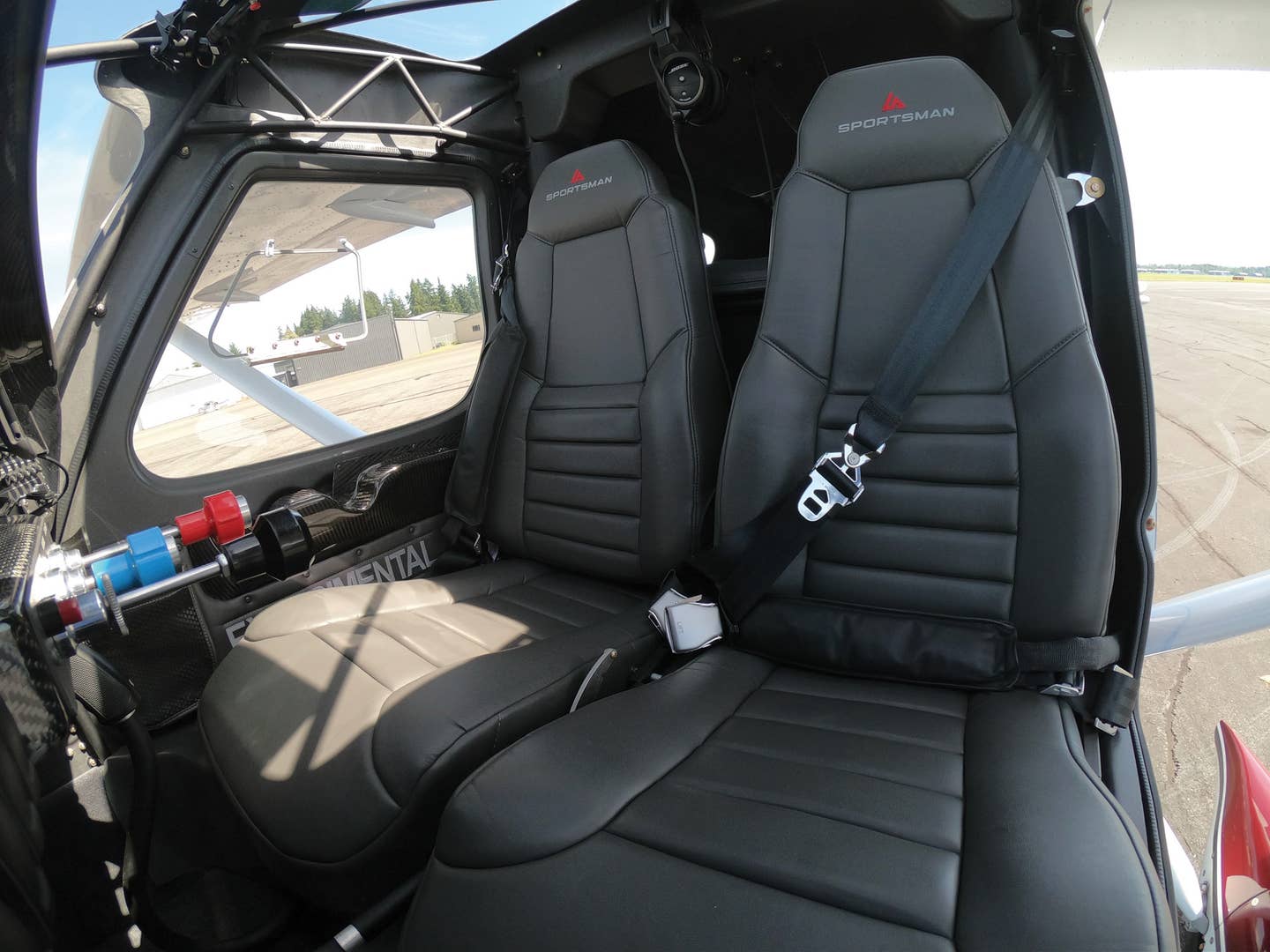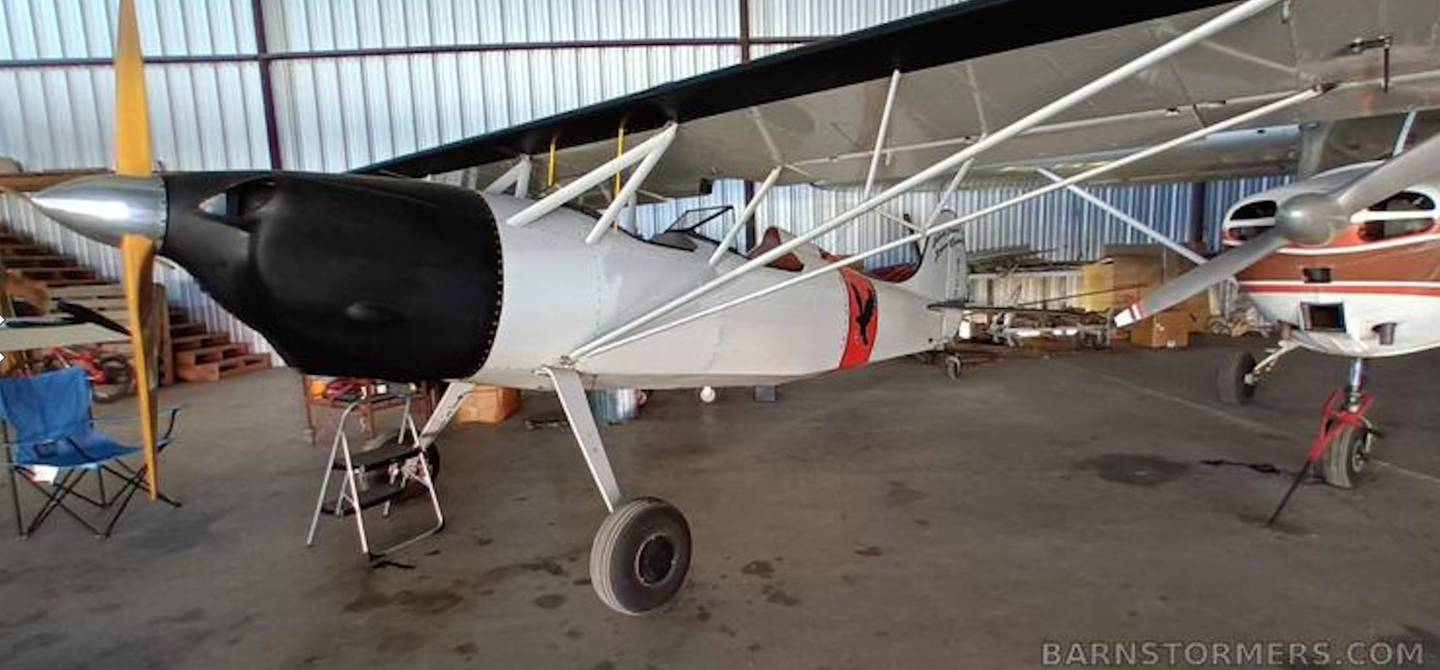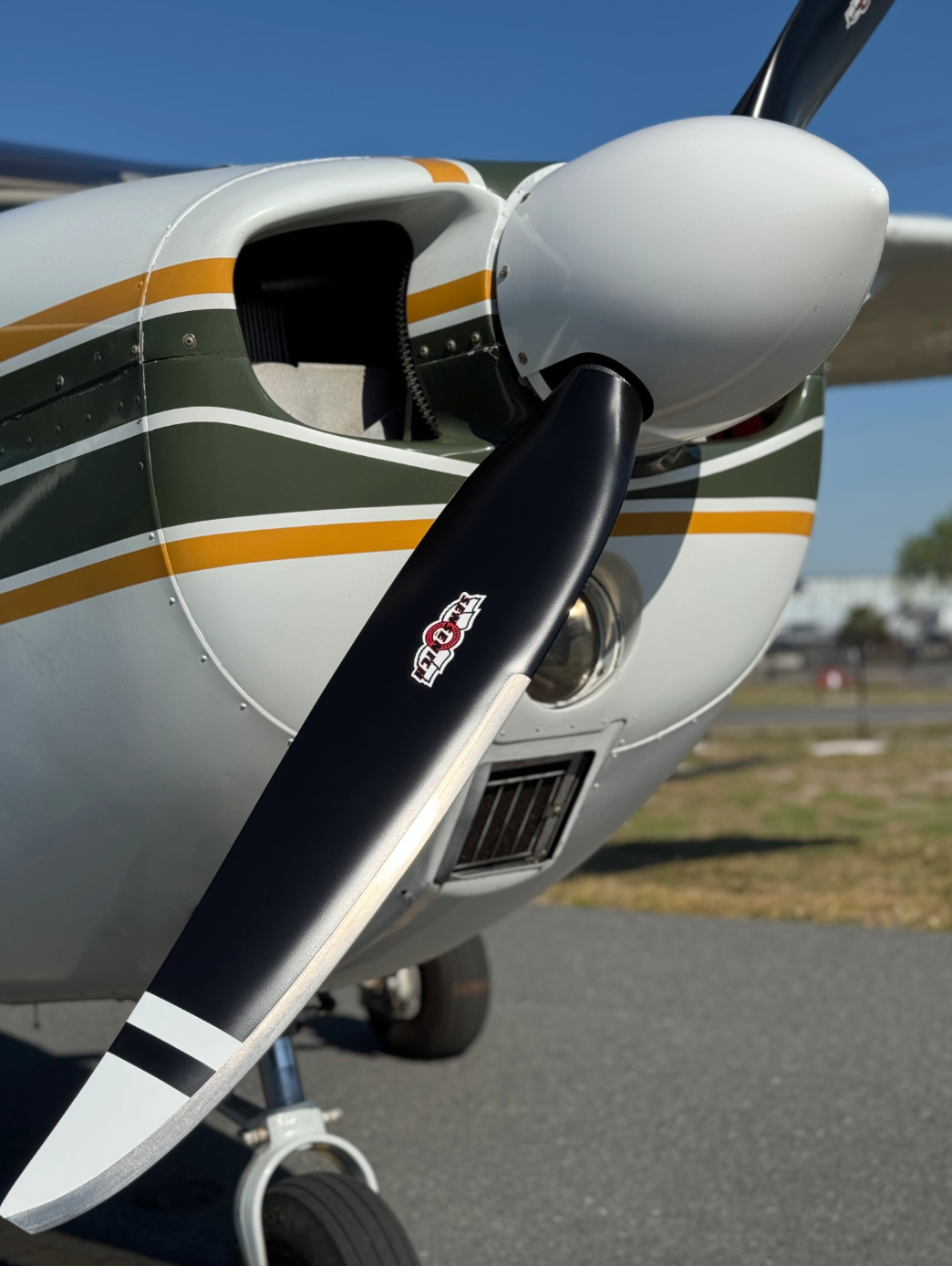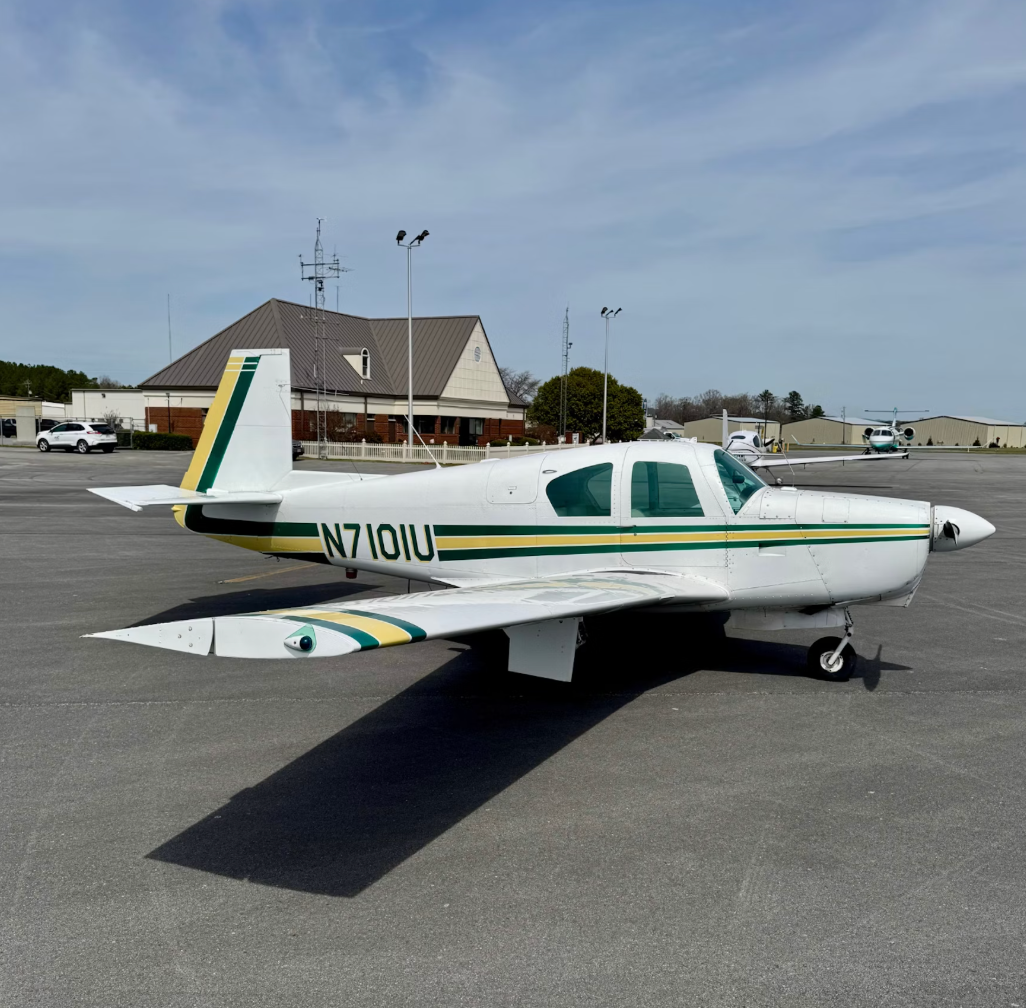Weather Intelligence
There is no shortage of things for pilots to be concerned about, and at or near the top of the list are a handful of serious weather phenomena. There’s inflight…
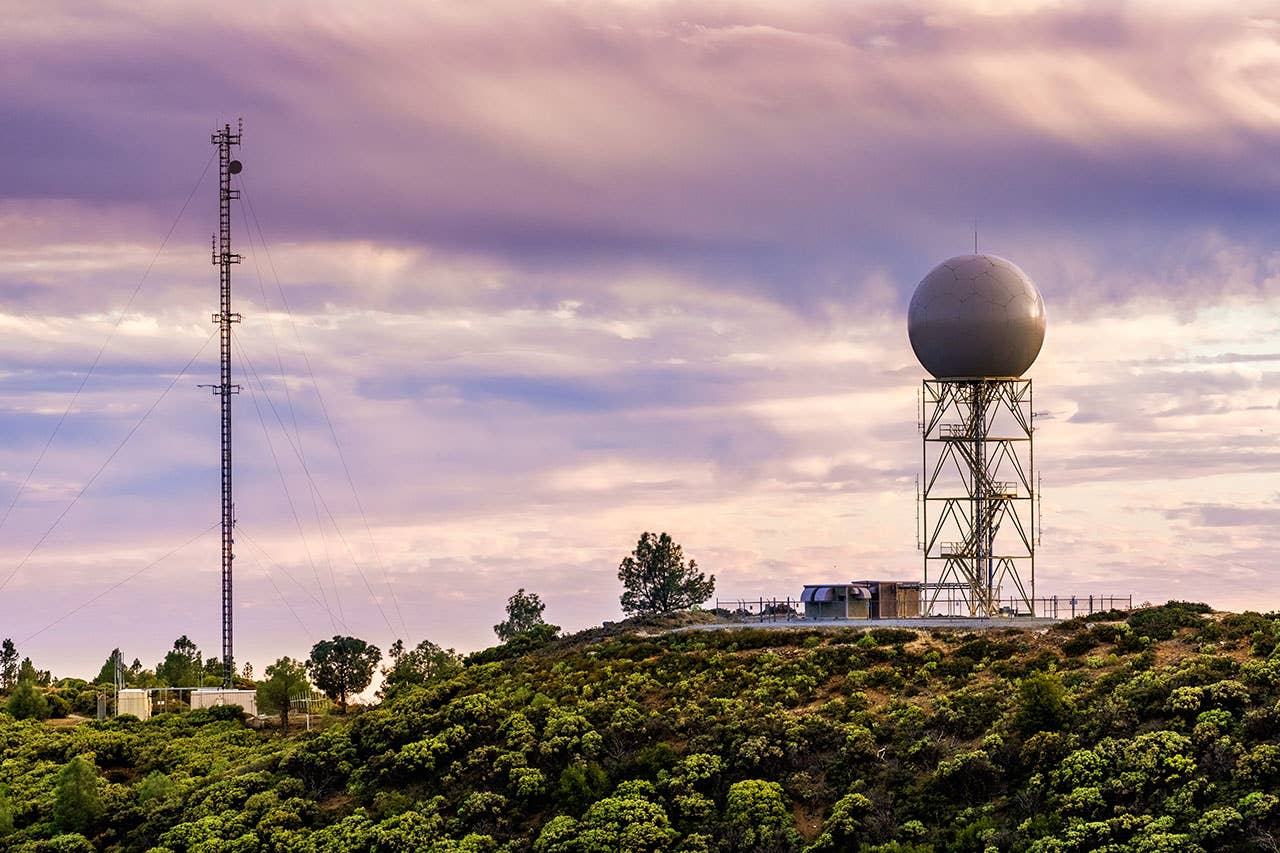
NexRad gave pilots next-gen information on storms, including position, speed, intensity and more, eliminating much of the guesswork from weather planning.
There is no shortage of things for pilots to be concerned about, and at or near the top of the list are a handful of serious weather phenomena. There's inflight icing, fog, high winds, turbulence, mountain wave and garden-variety cloud obstruction, to name most of the biggies. But by far, the most hazardous weather phenomenon is convective activity, which most often manifests itself as thunderstorms, which can grow in size to otherworldly proportions and pack a punch so big it can take a small or not-so-small airplane apart.
The development of weather-gathering technologies has progressed steadily since before the advent of powered flight, but without much debate, the most significant has been the development of next-generation weather radar, which in the United States is known as NexRad. Introduced in 1988, NexRad is a powerful doppler radar that can sensitively detect storm shape, intensity, movement, convective activity and precipitation. The network of 160 radar sites in the United States provides a coast-to-coast system of weather surveillance. It is one of the crown jewels of U.S. technological achievement, providing life-saving early warnings of severe thunderstorms, tornados and hurricanes. The continued improvement of forecasting technologies and intelligence have provided aviation with tools today that were unimaginable 50 years ago, intelligence that saves billions of dollars and untold lives every year.
On top of that, aviation has enjoyed a revolution in in-cockpit weather information availability, with services like ADS-B's TIS-B weather services and Sirius-XM's up-to-the-minute weather information for pilots of everything from PA-28s to bizjets, allowing pilots to make solid mission-planning decisions based on real intelligence and not guesswork based on hours-old reports.

Subscribe to Our Newsletter
Get the latest Plane & Pilot Magazine stories delivered directly to your inbox


